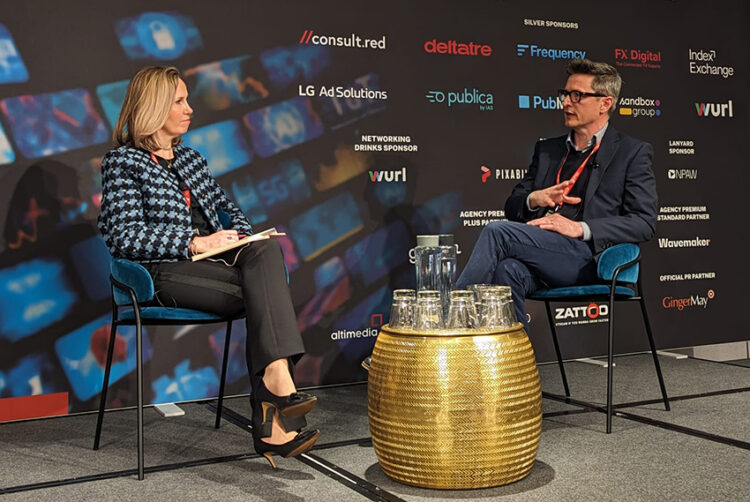|
Maria Iu
Virgin Media O2: How to bring FAST to market — fast


How does a pay-TV operator grab the opportunities offered by free ad-supported streaming TV (FAST)?
The first day of Connected TV World Summit 2024 heard how Virgin Media O2 launched its FAST proposition with a test-and-learn approach, going from planning stage to launch in just eight months, according to Richard Vivian, the company’s director of programming and value added services.
The first phase saw the roll-out of 14 channels. Phase two this year aims to extend the offering to 50 channels, covering a wider range of genres. “Genres where traditional pay channels are good at,” Vivian said.
Most recently, Virgin Media O2 launched the DAZN Women’s Football channel this month, including coverage of Uefa Women’s Champions League and Spain’s Liga F.
Vivian insisted the company wants to take a “curated approach”, adding: “This is not a volume play.” Furthermore, a lot of work was put into user experience to ensure it’s “seamless” for the viewer: “We want FAST channels to play an integral part of our EPG; we don’t want it ostracised in its own area.”
Speaking to Victoria Davies, managing partner at consultancy Davies, Stoychev & Partners, Vivian said the reason for FAST is clear: the market is changing. There’s a “growing base” of internet protocol-only customers that will increase further over time, while the continued popularity of subscription VOD has resulted in a reduced number of basic pay-TV channels.
Vivian saw the FAST offering as “complementary” to Virgin Media O2’s core pay-TV product, explaining: “They’re similar in terms of content, in terms of profile — FAST will appeal to those subscribers.”
Meanwhile, for households that use Virgin Media O2’s set-top box for free-to-air channels only, FAST is an “upsell”: “It’s a taste of what pay-TV is like.”
Most notably, FAST requires a different way of working with content partners. Whereas traditional content deals tend to be medium- or long-term, FAST content deals are more flexible. This is partly due to real-time data made possible by FAST.
Vivian said: “If the channels aren’t performing, we might need to tweak that line-up. We need to be much more agile about that than traditional pay-TV deals, where you’re stuck with a portfolio for much longer.”
Less than one year in, the key findings so far are that UK content is performing better than that from the US, and the most popular genres are paranormal, true crime and cooking.
As for overall FAST performance, Vivian said it’s “on a par with mid-sized pay-TV portfolios”. The focus now is on getting the best out of the new revenue model that FAST offers: “We really need to build advertising scale in that market to bring in revenue.”
Connected TV World Summit continues on Wednesday (13 March).
